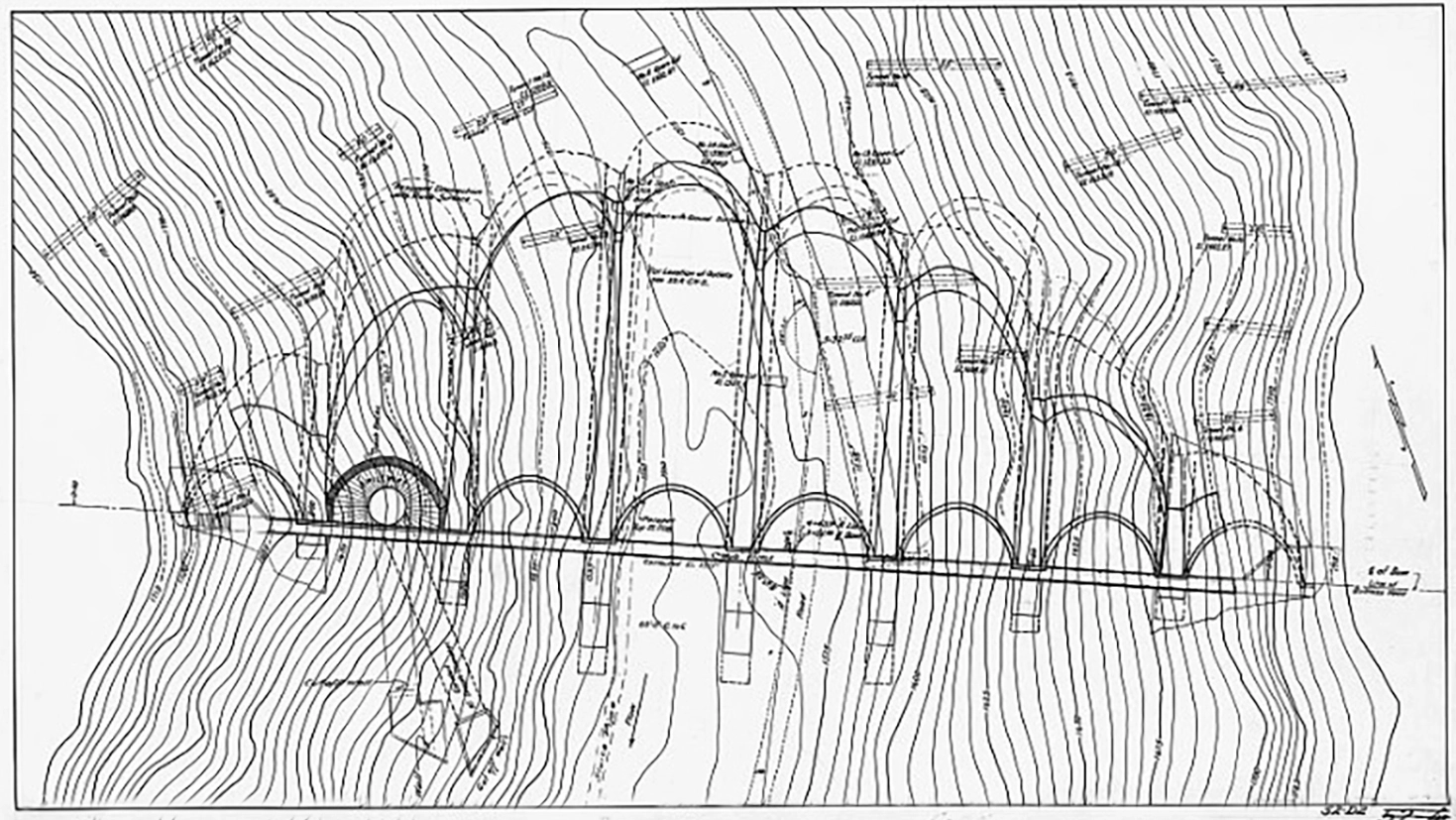From Idea to Reality: Getting to Guaranteed Income
Model Behavior: A Critical Review of Macroeconomic Models for Guaranteed Income and The Child Tax Credit

Abstract
Economic policy in the United States stands at a crossroads. This report discusses possible macroeconomic effects from guaranteed income policies like the Child Tax Credit.
Our contribution to debates over extending the new Child Tax Credit is to provide insights from cutting-edge macroeconomic research on the possible effects on the overall economy. What differentiates macroeconomic studies from microeconomic studies is the emphasis on the feedback loops—referred to as general equilibrium effects—from the program. Because it takes time for the economy to reach its new equilibrium, these are the longer-run effects of guaranteed income and not what we might expect in the first few years. The new credit is a notable change in the income-support for families, so it is important to consider how its effects might ripple through the economy.
To unpack the potential effects and understand the disagreements, we discuss six research studies that are representative of different types of macroeconomic models used to study guaranteed income and apply them to the new Child Tax Credit. Taken together, the studies do not offer a clear picture of how the tax credit—or any guaranteed income programs—would otherwise affect the economy. Macroeconomic models are useful for broadening the debate and may highlight unintended consequences or factors attenuating positive effects that could be addressed with other policies.
We explore four mechanisms:
- The key (and most disputed) factor for the macroeconomic effects is the extent to which parents who receive the credit would change how much they work. Those decisions—which would be affected by the size of the transfer, as well as any work requirements or means testing—are the starting point for the feedback loops.
- If take-home pay changes more broadly due to feedback effects or program financing options like higher taxes, it could affect how much people (not only recipients) work, and with it aggregate output and income.
- Likewise, changes in private savings or interest rates, due to the decisions of recipients, feedback effects, or program financing like deficit spending, could change how much businesses invest, which would affect the productive capacity of the economy.
- Finally, if take-home pay, which is one of the returns to education, changes, it could affect how much parents invest in their children’s education or adults invest in their own education and training.
Research Briefing
For an overview of the paper’s key findings for policymakers, view the recording of our 15-minute briefing with lead author Claudia Sahm from November 1st, 2021.